In the quiet space of the old houses in the countryside of the Southeast, it feels like touching a memory. Hundreds of years have passed, many generations of people in the old houses are no longer there, but the old houses still have the folk beauty and warm stories of human love.
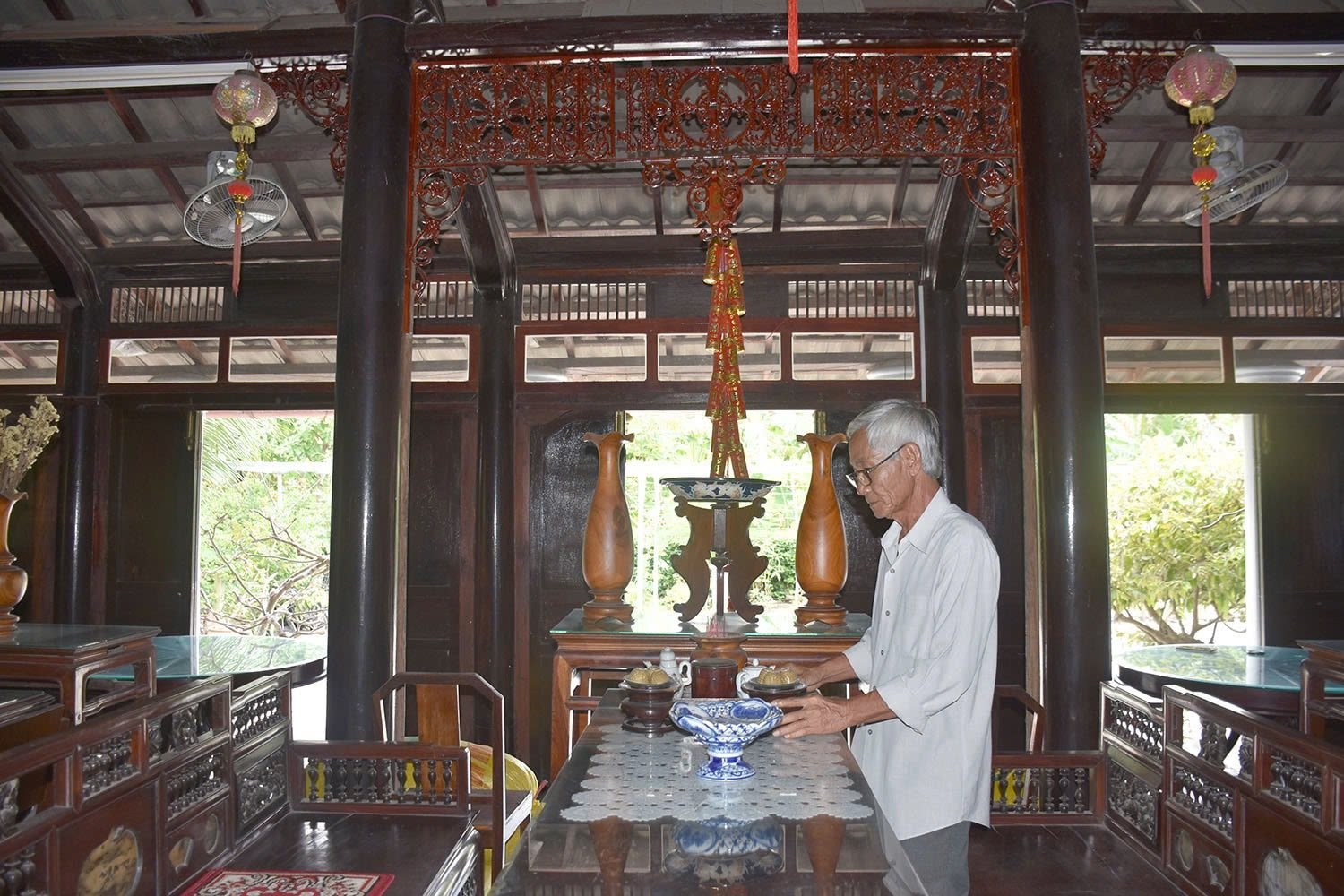
No matter how much, I will not sell it.
There have been many people who are passionate about ancient houses in modern life, who came to buy the house just to "play around" or to build a resort, but the owner absolutely refused. That is the story of Mr. Nguyen Van Hong, the current owner of the ancient house in Thanh Long quarter, Dat Do town, Dat Do district (Ba Ria - Vung Tau province).
Brushing aside the rice harvest packaging, Mr. Hong wiped his sweat, quickly put on a thin shirt and welcomed us to tea on a shiny ironwood bench. Mr. Hong said he was the fifth generation to live in this house. The house was built in 1922 but the delicate carvings on the wood, rafters, and rafters are still sharp. The ironwood bench, the pair of sofas, and the horizontal lacquered board are vestiges of a wealthy time that are still preserved and carefully preserved in this house. Because of that quintessence, the historical film crew about the heroine Vo Thi Sau once chose Mr. Hong's house to film the scene "The Councilor's House". Therefore, Mr. Hong only built a new house to live in, not demolishing it, and even more so, not selling the house at any price. The house was carefully preserved, so the five mother-of-pearl altars, the long tables and chairs, and the Chinese bookcase were still intact. There were some places where the tiled roof leaked, so Mr. Hong had to hunt for hook tiles to patch it up. The two walls of the house were slightly damaged by termites. He planned to buy good wood to replace them when he had money, but it would absolutely not destroy the ancient features of this incense house.
Also in Thanh Long neighborhood, Dat Do town, Mr. Bui Van Sam's house is nearly a century old. To enter his house, visitors must pass through a garden with many kinds of fruit trees, ornamental plants, bamboo, wild grass, wild vegetables... Like Mr. Hong's spirit, Mr. Sam accepts to live in poverty and deprivation but is determined not to sell his house, even though the money from selling the house is enough for him to live comfortably for the rest of his life. Many people say he is crazy, but he has his own reasons. He does not sell because he believes that "selling the house of his ancestors means selling his ancestors, so he will lose his fortune."
Standing in front of the warm, dark, and spacious worship space in the house built in 1890 by Mr. Huynh Trong Nghia's family (Phuoc Son quarter, Dat Do town), we felt more clearly what Mr. Hong and Mr. Sam expressed. Mr. Nghia's ancient house, spanning three generations, is located in the middle of a garden of thousands of square meters with splendid interiors: parallel sentences with gilded lacquered panels, mother-of-pearl inlaid altar cabinets, two-slab mahogany beds, and eight-immortal tables and chairs in both elaborately carved Chinese and Louis XVI styles. The T-shaped architectural style with three elaborately carved worship rooms partly speaks to the nobility of the owner at the time of its creation.
Also having the same architectural style as Mr. Huynh Trong Nghia’s house, but next to the worship room of the old house of Mr. Le Van Con’s family (Phuoc Trung quarter) which was “established by his great-grandfather” nearly a century ago, there is an additional parallel waiting room called thao bac, for guests to sit and drink tea or play cards for entertainment… during holidays. This type of house is called a cong house, if a balcony is added around it like a temple, it is called noi cong ngoai quoc. Mr. Con said that even if he had money now, he would not be able to build such a house, so he would not sell it at any price.
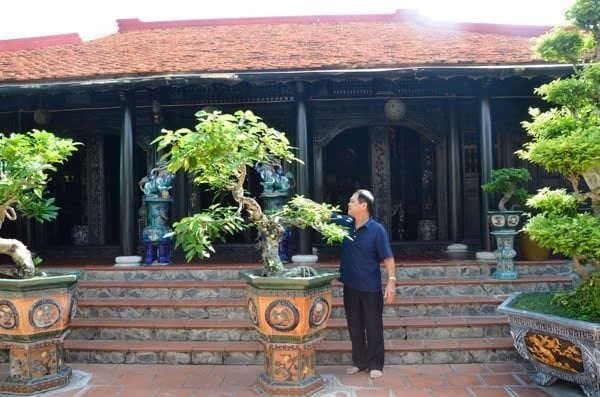
Not just with heart
According to statistics from the Ba Ria - Vung Tau Provincial Museum, there are currently about 177 ancient folk architectures in the province, most of which are located in Dat Do district. Of these, 46 houses were built before 1900, 86 were built between 1900 and 1950, and the rest were built after 1950. This is an ancient folk architecture with great value in terms of cultural symbolism.
However, in the process of socio -economic development, especially the urbanization process in recent years, ancient architectural works are at risk of being lost. In order to have a plan to preserve ancient folk houses, the Ba Ria - Vung Tau Provincial Museum has coordinated with the Southern Architecture Center to carry out the project "Investigation and survey of the preservation of ancient folk architecture in Ba Ria - Vung Tau province". The project implementers have proposed solutions to preserve and promote the value of ancient folk architecture, including: Conservation and promotion policies, propaganda and education on the values of ancient folk architecture, building parks to preserve ancient architecture, building residential areas in ancient architectural styles. In addition, tourism companies can cooperate with localities with many ancient architectures to organize cultural tours, contributing to preserving and promoting the value of "old roofs" in current life. However, up to now, the project has not been implemented due to lack of funding.
How to preserve and maintain ancient houses with traditional folk culture remaining? That is the responsibility not only of the owners but of the whole society. Time waits for no one, and the preservation method is not simply by… heart.
Source: https://daidoanket.vn/gin-giu-nhung-mai-nha-xua-10293810.html



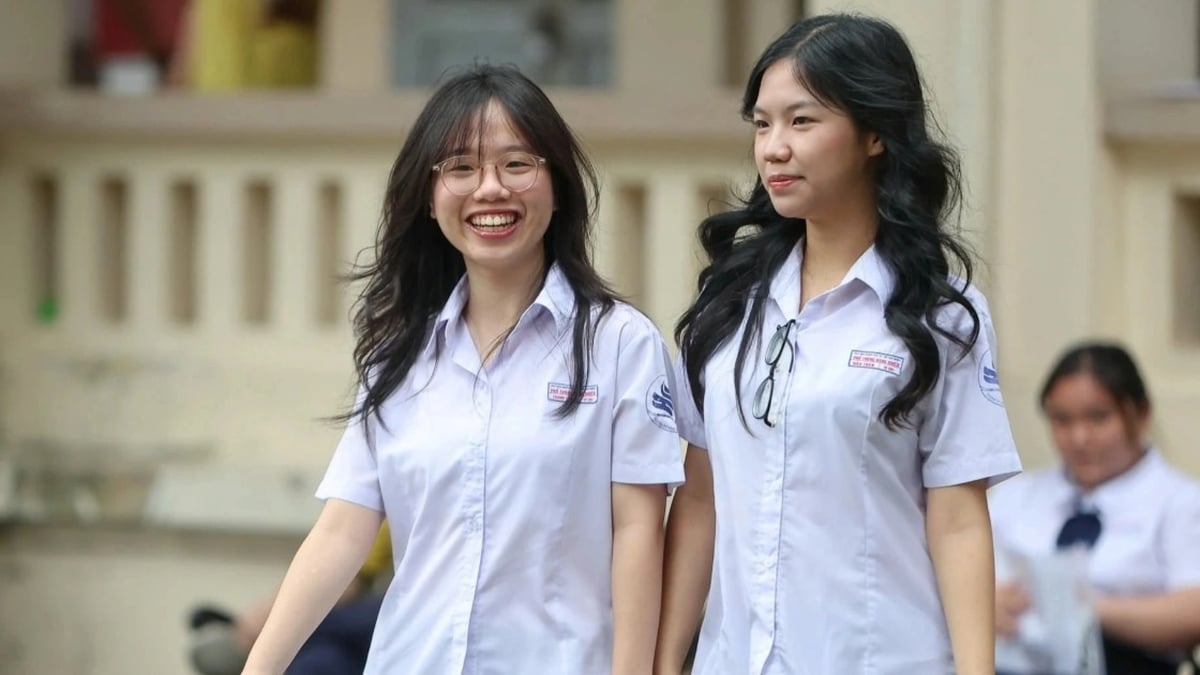

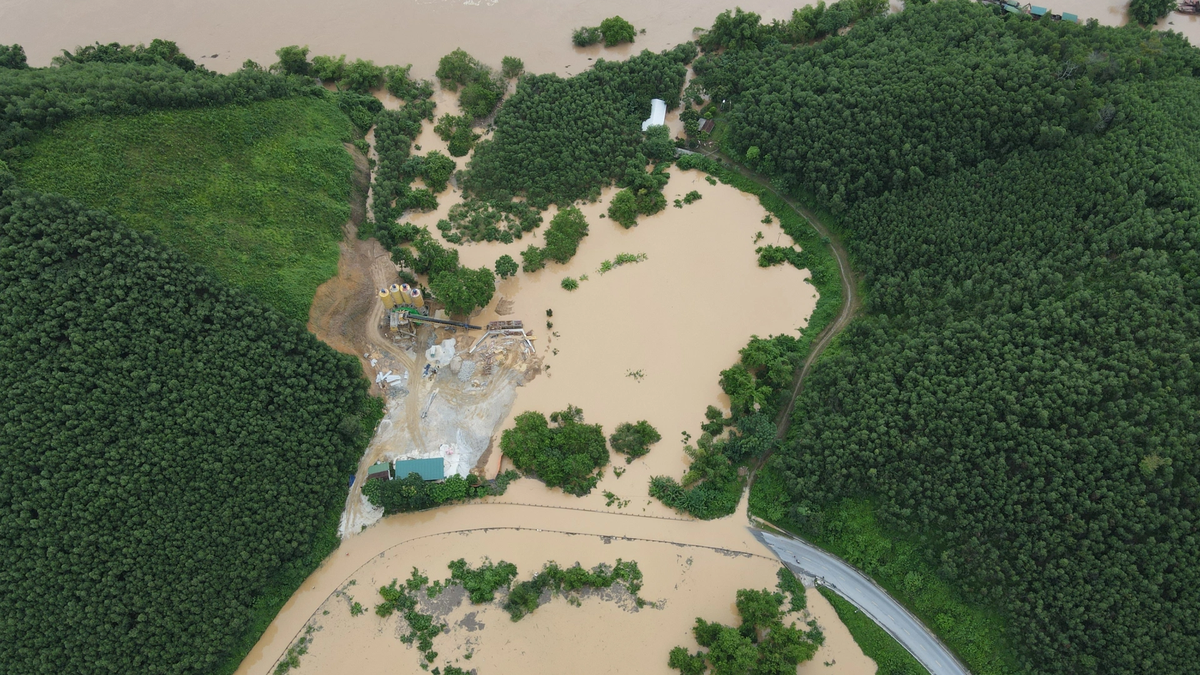
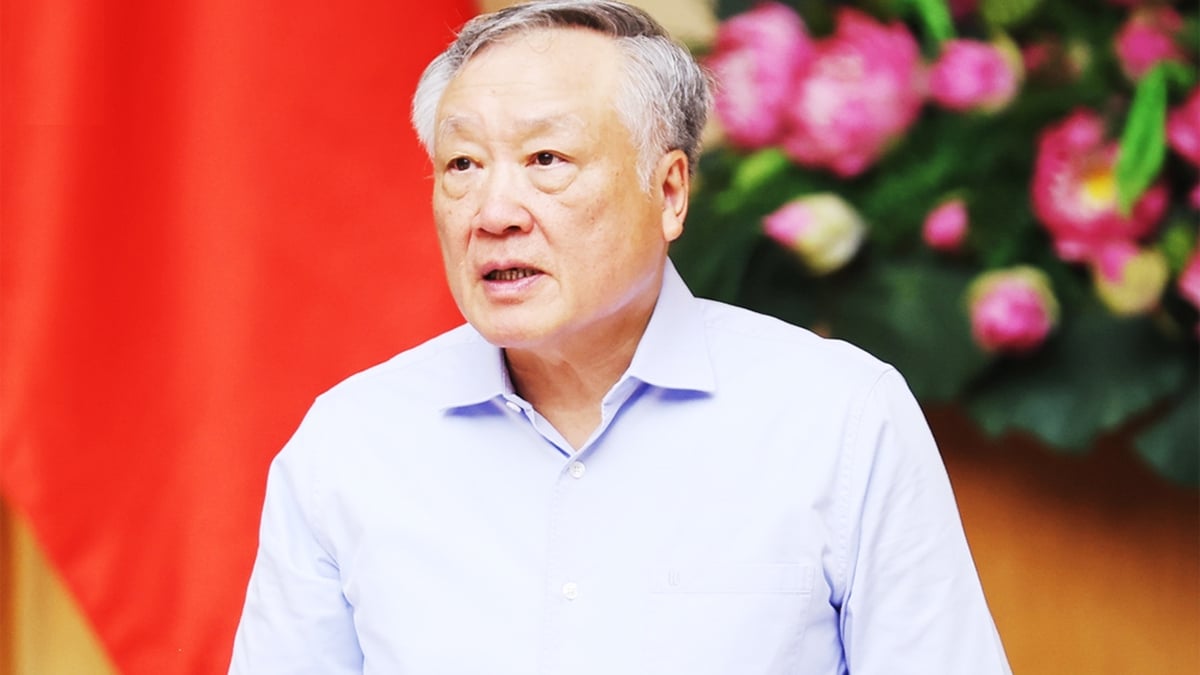



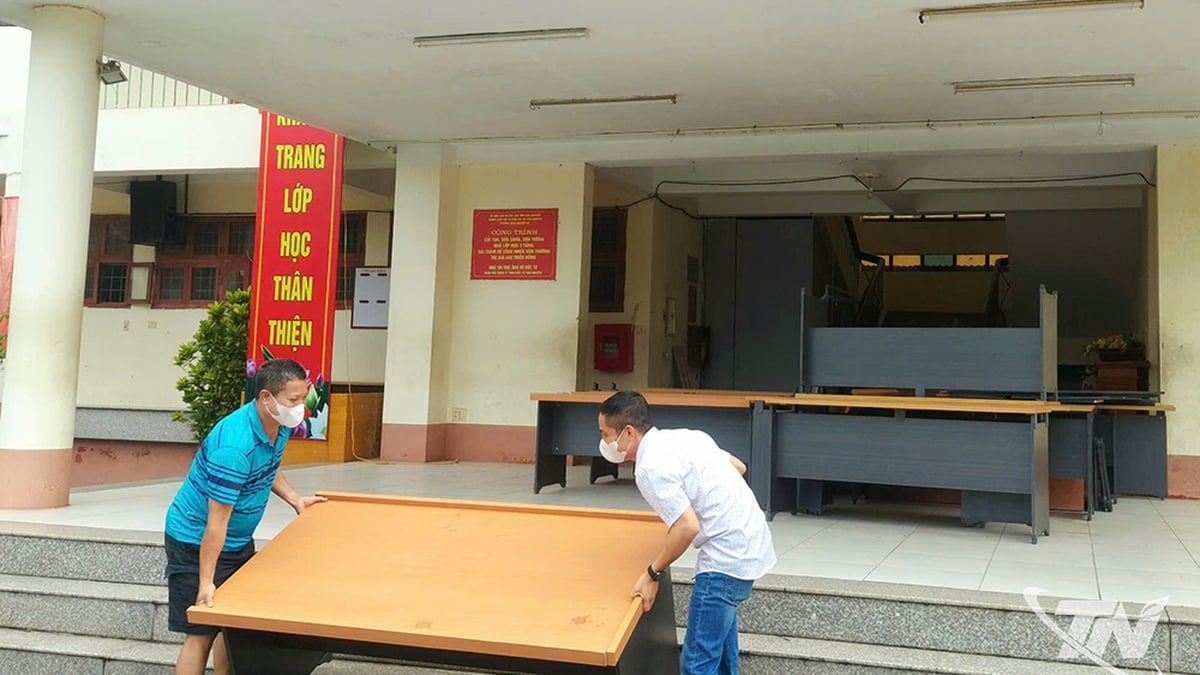












![[Infographic] Vietnam-Senegal traditional friendship](https://vphoto.vietnam.vn/thumb/1200x675/vietnam/resource/IMAGE/2025/7/23/4c96a604979345adb452af1d439d457b)

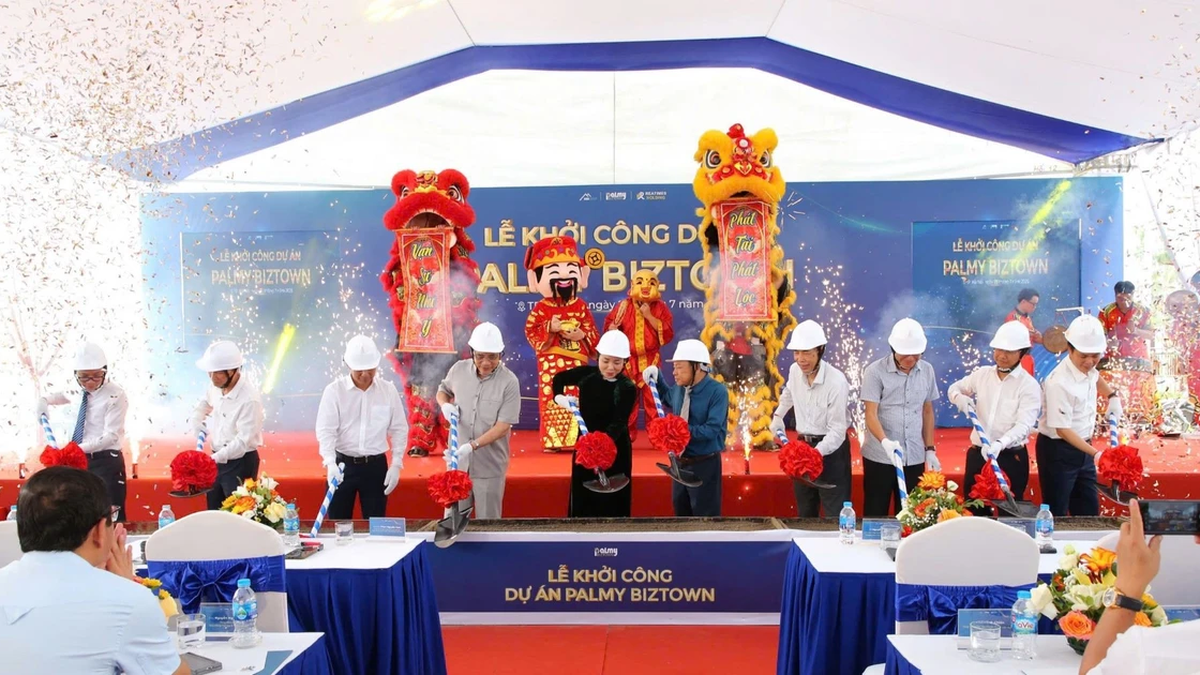
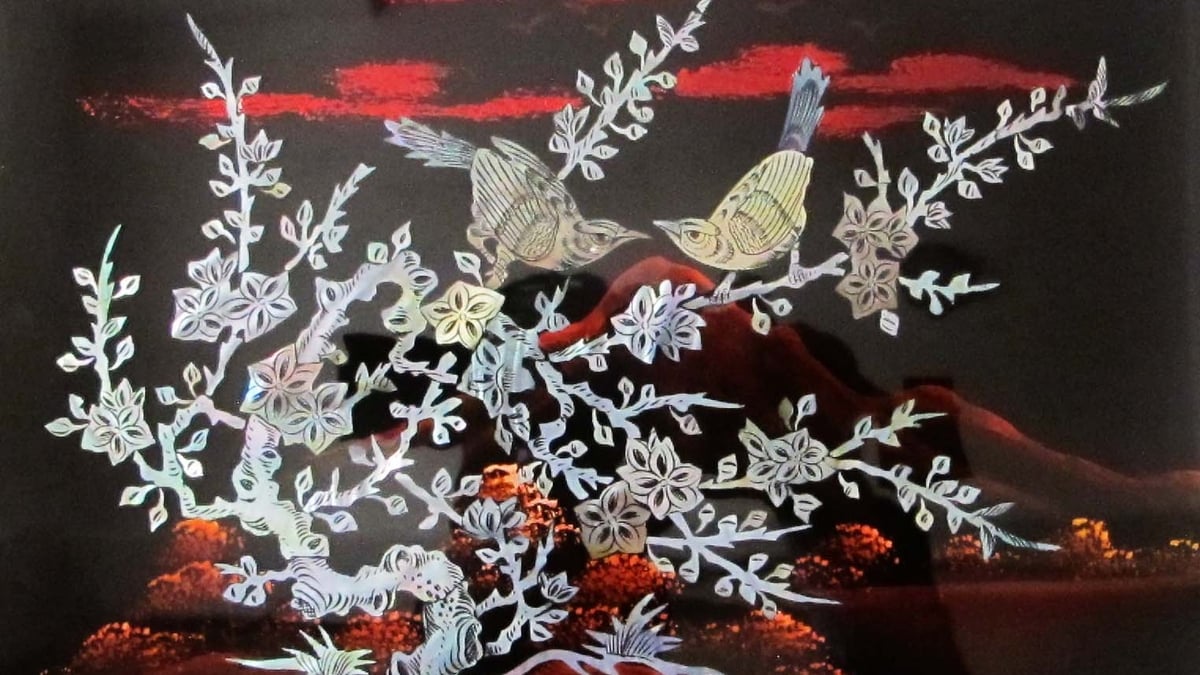




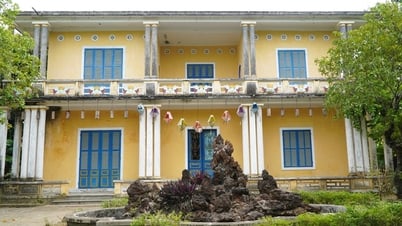




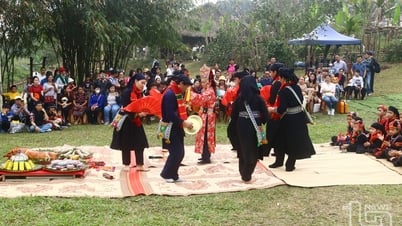
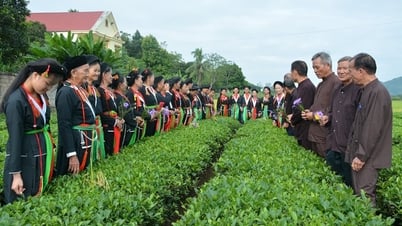

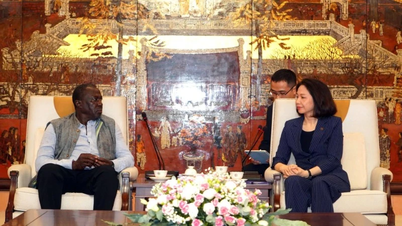

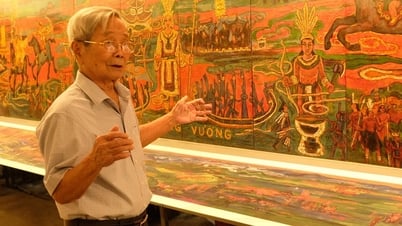

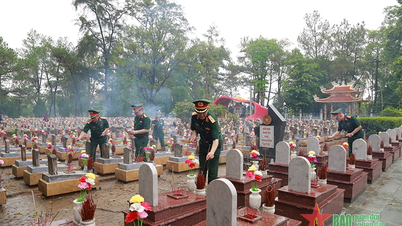



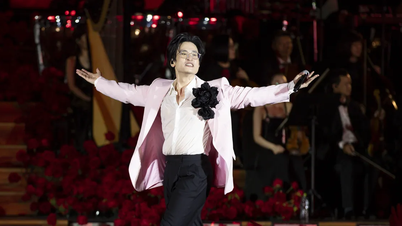



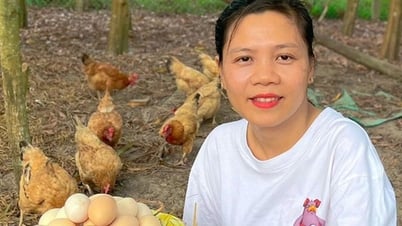



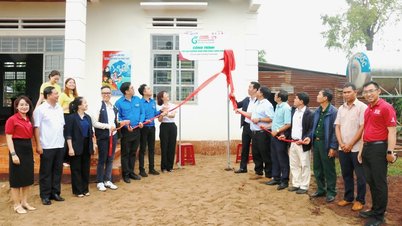











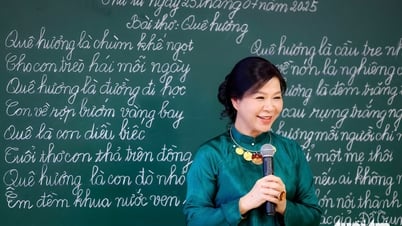








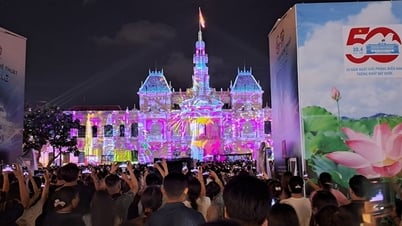
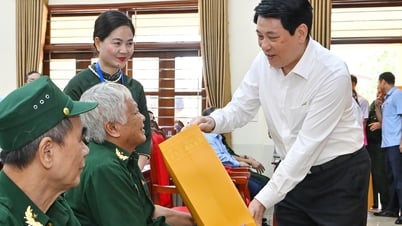








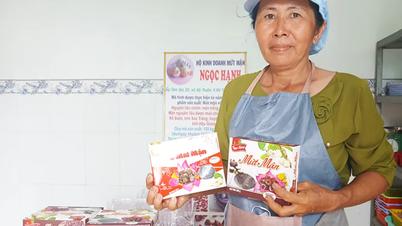

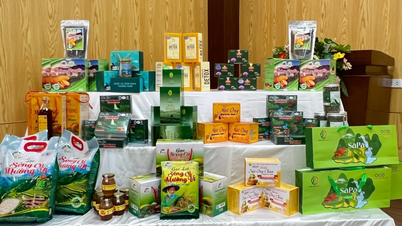



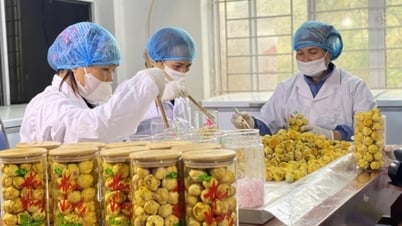

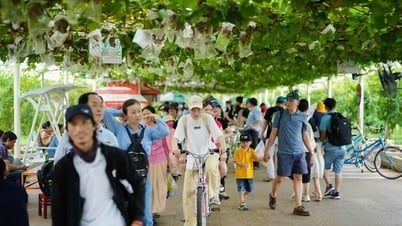




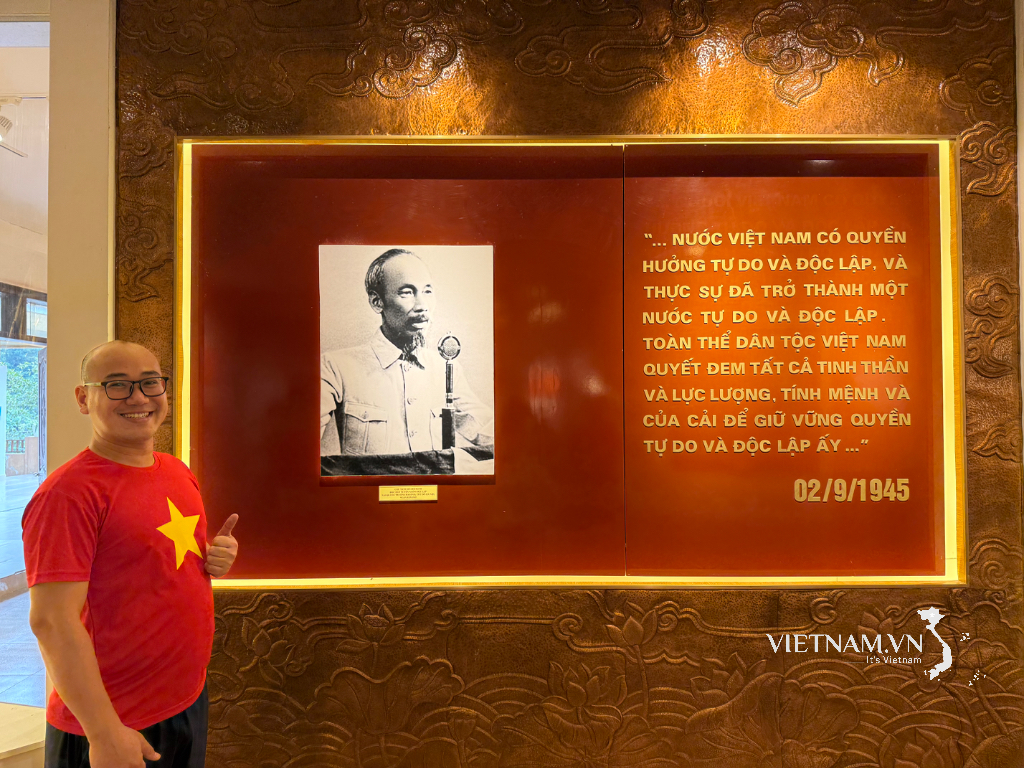


Comment (0)